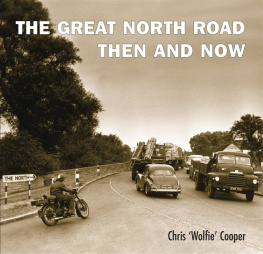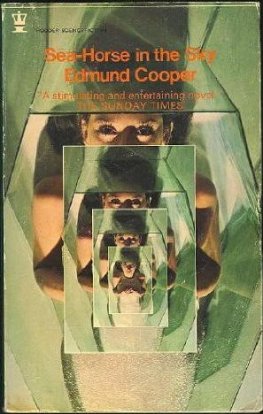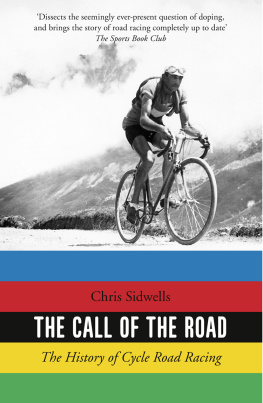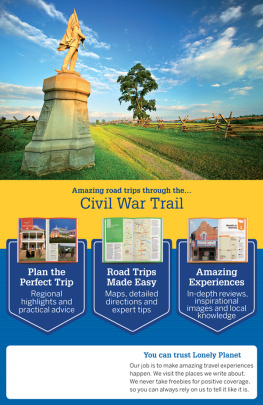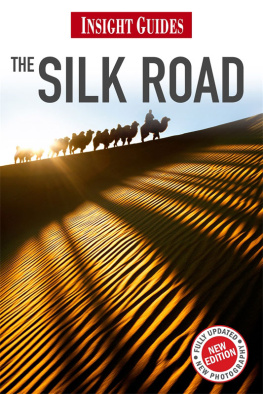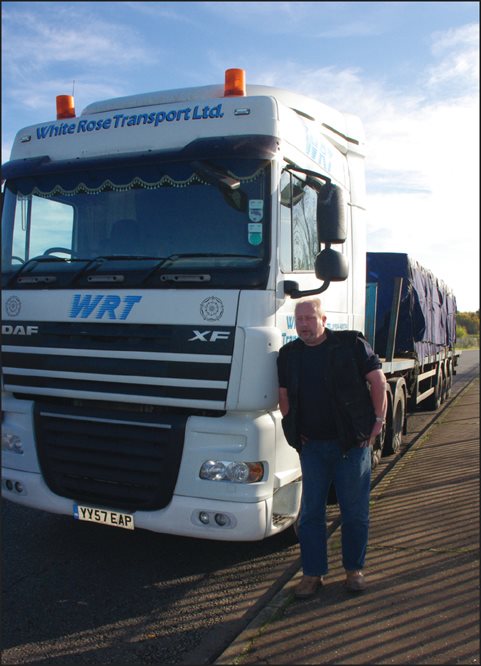Pagebreaks of the print version

THE GREAT NORTH ROAD THEN AND NOW
Improvement makes straight roads; but the crooked roads without improvement are roads of genius
WILLIAM BLAKE
THE GREAT NORTH ROAD THEN AND NOW
CHRIS WOLFIE COOPER
ISBN: 9 781870 067799
Designed by Winston Ramsey
First published in Great Britain in 2013 by
After the Battle
Published in 2021 by After the Battle,
An imprint of Pen & Sword Books Limited
Yorkshire Philadelphia
All rights reserved. No part of this book may be reproduced or transmitted in any form or by any means, electronic or mechanical including photocopying, recording or by any information storage and retrieval system, without permission from the Publisher in writing.
For a complete list of Pen & Sword titles please contact
PEN & SWORD BOOKS LIMITED
47 Church Street, Barnsley, South Yorkshire, S70 2AS, United Kingdom
E-mail:
Website: www.pen-and-sword.co.uk
Or
PEN AND SWORD BOOKS
1950 Lawrence Rd, Havertown, PA 19083
USAE-mail:
Website: www.penandswordbooks.com
Credits
FRONT COVER
The Great North Road about to cross Girtford Bridge northbound at Sandy in Bedfordshire (see ).
BACK COVER
An abandoned section of the original Great North Road at Ayot Green, which is between Lemsford and Welwyn (see ).
FRONTSPIECE
This stretch of the Great North Road from Rainton up to Scotch Corner is known as Leeming Lane. This is the northern end where the modern dual carriageway comes around to rejoin the old alignment.
ACKNOWLEDGEMENTS
Thanks must go to all those who answered my newspaper appeals for information and those who helped me in many other ways. In no particular order: Bette Smith of Newark; Sally and Jane Cox of Stamford; J. Scott of Yaxley; Alan Edney of Newcastle-upon-Tyne; Don Whitfield of Darlington; Ivy Knox of Great Ayton; Cindy Todd of Brotherton; Peggy Skeggs of Hatfield; S. Laycock of Stockton on Tees; June Cooper of Sutton-on-Trent; Maurice Gunnell of Hatfield; David Oldham of Stamford; Joy Emerton of Hatfield, Terry Bend of Durham; Jim Page of Chelmsford; T. Adams of Little Berk hamsted; Brian Lawrence of St Albans; Barbara Davis and Bryn Jones; Robert Wade; Jo Cosme;Caroline Rawle; Andrew Jenkins of Colsterworth; George Hall of Lincolnshire; Suzanne Wallace of the Markham Moor Truckstop; Keith Hopkins of the Bypass Cafe at Cromwell; Albert Dean of Wokingham; Frank Nattrass and Carole Garbutt of Leeming Bar Garage. Plus all the library staffs up and down the country who could not have been more helpful.
A particular thank you goes to David Gregg of Tewin who spent a lot of time showing me around the southern end of the road. As a retired civil engineer, he was able to point out a number of things that I might otherwise have missed.
And last of all, my appreciation to the man in charge of the A1 upgrade at Brotherton who let me have the old road sign (the 1950s black and white type see ) that stood next to the Fox. I repainted it and it now stands in my garden as a fitting memento.
ROAD TERMINOLOGY
I have tried to keep terminology to a minimum but there are a couple which need explanation. Officially, a road has a letter/number designation where the letter indicates how many carriageways, and the number how many lanes per carriageway. So a standard single carriageway road is referred to as an S2 road. If it has a suicide lane up the middle it becomes S3. If a central reservation splits the road into dual carriageway then it becomes a D2. So a motorway with three lanes each way is a D3, occasionally with an M added to show special (motorway) status e.g. D3M. There are derivatives of these, but you dont really need to understand any more than S2, S3, D2, and D3.
The other terms I have used are GSJ and multiplex. GSJ stands for Grade Separated Junction. A GSJ is a junction where slip-roads or bridges exist so that traffic entering or leaving a road does not need to cross the opposing carriageway to do so. For example a right turn across a dual carriageway is not a GSJ, but leaving via a slip-road on your own side, then crossing under or over the dual carriageway via a tunnel or bridge is a GSJ. In general a fast free-flowing road with GSJs is far safer than one without. Junctions not GSJd are known as at-grade.
A multiplex is where two different road numbers share the same actual road. Imagine a hypothetical crossroads where the A1234 and the A5678 meet and cross. The roadspace in the centre of the crossroads is in fact shared by both roads. Now extend that to the A5678 joining the A1234 at a T-junction and then leaving it at another T-junction half a mile up the road. The half-mile between the two T-junctions is a multiplex. They can be much longer than half a mile. (Note that the two roads do not in reality meet, in fact the A5678 doesnt even exist!) As a road in Britain can only have one number, one is considered dominant and so the other would normally be given in brackets on a sign. So the above half mile would be signposted as the A1234 (A5678).
SABRE
You may be surprised to find out that you are not the only one with a healthy interest in roads, and I believe a calendar consisting of photographs of roundabouts in the West Midlands was a best seller one Christmas. You are not alone; in fact there is a thriving web community of so called road-geeks, including engineers, truck-drivers and road planners. They are members of SABRE The Society for All British Road Enthusiasts. ( www.sabre-roads.org.uk )
This is a very comprehensive website, dedicated to Britains roads, and if you cannot find the information you want on SABRE there is a thriving forum in which you will find experts on everything from the old London ringways plan to the disappearing road at Mam Tor. There are also links to a number of other websites where you will find all sorts of fascinating facts, and an ever-growing project to catalogue every single one of Britains numbered roads.
PHOTOGRAPHIC CREDITS
Aberdeen University Library: top.
Ordnance Survey: Maps credited to Ordnance Survey are reproduced by permission of HMSO Crown Copyright 2013. All rights reserved. Ordnance Survey Licence No. 100052053.
From the author
Some years ago the idea of researching a book on the Great North Road, illustrated with then and now photographs, really appealed to me. I had my own lorry at the time and began choosing jobs that would take me up and down the road more often. Having studied Charles Harpers The Great North Road published in 1901, I explored every inch of the road which now diverges in so many places from the A1 and collected a mound of information and photographs.
It was sometimes a surprising journey, and at times for me rather sad, as parts of the road I knew as a child are now just a memory and even stretches I remembered as an adult lorry driver have now gone. And so utterly gone, too! I think the biggest surprise was how something could be so thoroughly changed, that not even a trace remains.
We take some things for granted: our house, our village, or town is just there. It has been there forever and never changes, and we think that other things made of steel and stone are the same. Of course this isnt true; towns do change; a building disappears; a housing estate appears, but it is gradual and people dont notice. But the next time an old factory is knocked down and the site built on, wait a few months then go and see if you can remember exactly where it stood.

